Traditional Christmas plants
The magic of traditional Christmas plantsWith the approach of holiday season, we decorate our homes with beautiful decorations. One of the appreciated features of Christmas is the fusion of traditional plants. These botanic wonders not only contribute to the splendor of Christmas celebration but also carry significant imagery and history. Now we will explore some traditional Christmas plants.
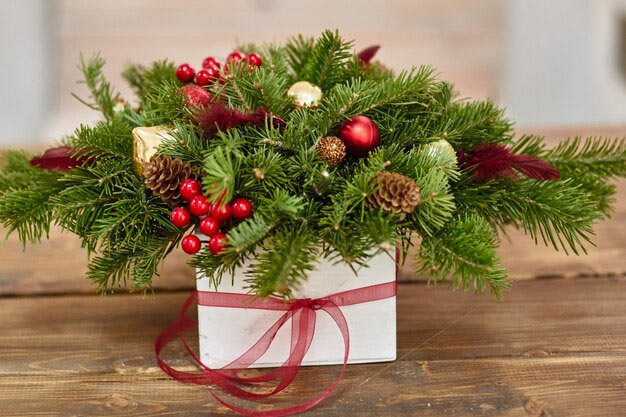
Regarded as one of the quintessential plants associated with Christmas, Poinsettia plant is famous for its striking red and green leaves have significant cultural significance. This plant originates from Mexico and is associated with Christmas Eve story of a poor young girl who could not have enough money to buy a gift for Jesus gathered weeds and place them on the altar. Miraculously these weeds transformed into gorgeous red flowers. Today, these plants signify pureness and expectation and serve important means in Christmas decoration.
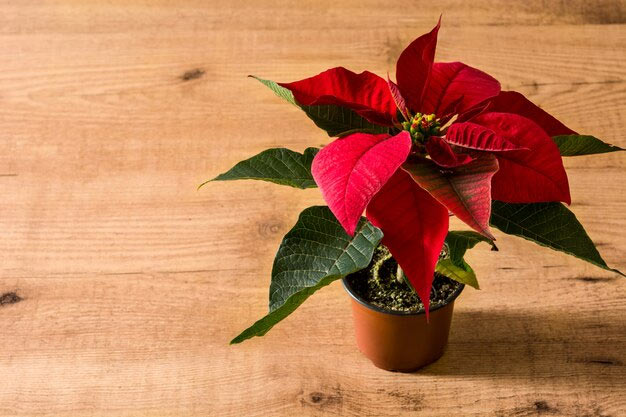
Time and again Holly with its shiny green leaves and polished red berries is used in wreaths as well as garlands., Holly have its history when it was considered as a representation for defense and was believed to protect against evil spirits. According to Christian tradition, the touchy leaves are considered as the crown of thrones that Jesus wore during crucification and the red berries as his blood. Using Holly in Christmas decorations serve important means as an aide-mémoire of season’s thoughtful significances.
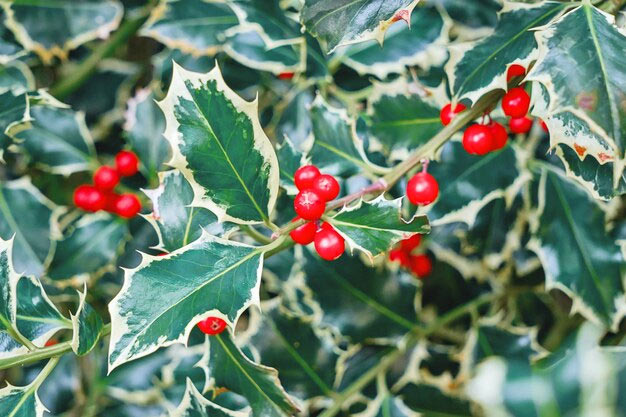
Mistletoe, famous for its romantic significances has been serving as an integral part of celebrations for centuries. In ancient times the Druids respected Mistletoe for its curative properties which were later incorporated into Christmas traditions. The tradition of kissing beneath the Mistletoe hails from its ancient symbolism of love and companionship. Hanging Mistletoe during Christmas promotes an ambience joy and bond among family and friends.
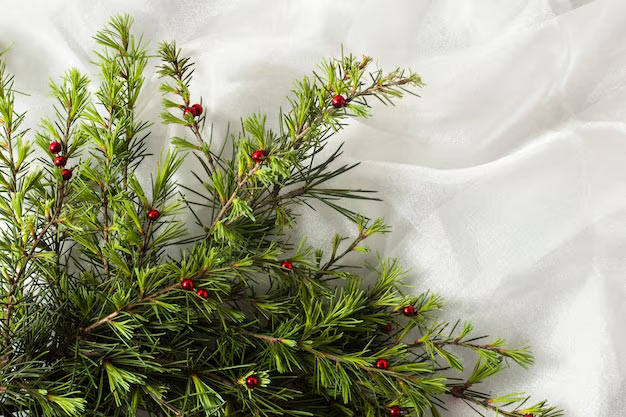
In contrast to its spiny relative, the Christmas Cactus is a succulent that flourishes during the holiday season. Hailing from Brazil’s Tropical Forest, the plant produces exquisite red or pink flowers that can adorn any home. Its ability to blossom in winter represents resilience and the beauty of existence amidst the chill, making it a perfect complement to Christmas Celebrations!
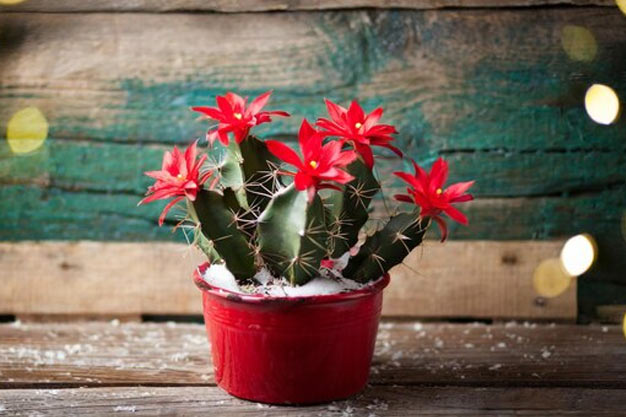
Evergreen plants and trees such as pine, spruce and fir are perhaps the best identifiable symbols of Christmas. Their ability to remain green all through the year signifies eternal life and expectation. The tradition of bringing evergreens to home goes back to the pagan tradition of ancient times when they were used to defend against winter’s chill and commemorate the promise of spring. Today these evergreens form the support of Christmas trees, garlands and wreaths pervading our spaces with a garden-fresh woodsy scent.
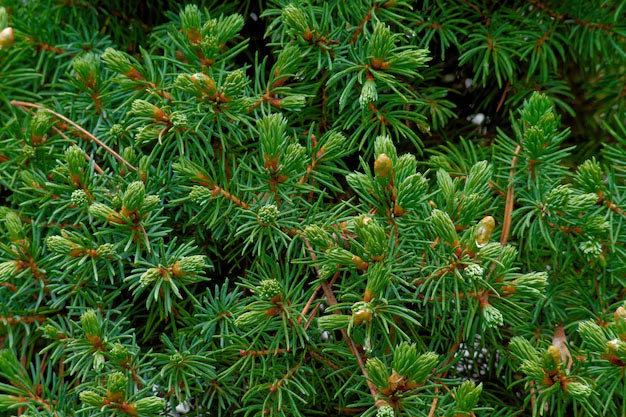
Amaryllis, characterized by its large, trumpet-like blossoms, adds a remarkable sophistication to festive decorations. Frequently presented as a gift during the Christmas season, this plant represents pride and determination. Its vivid flowers can vary from rich reds to gentle pinks, rendering it an adaptable option for holiday displays.
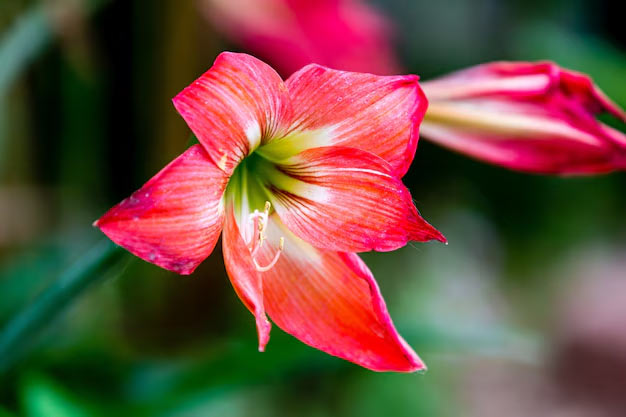
The plants associated with Christmas traditions are not simply ornamental; they are imbued with stories, symbolism, and a connection to our cultural roots. By welcoming these botanical treasures into our homes, we not only enhance our decor but also honor the spirit of the festive season. Whether you select poinsettias, adorn your space with mistletoe, or use holly for decoration, each plant adds depth to the holiday experience, reminding us of love, hope, and the joy of unity. This Christmas, let us celebrate these traditions and the natural world that enriches our lives. Best wishes for a wonderful holiday season!